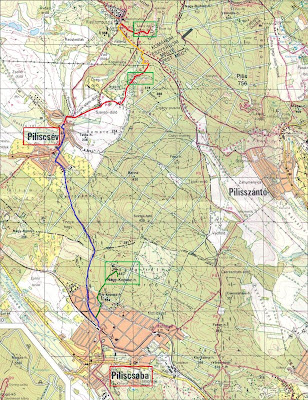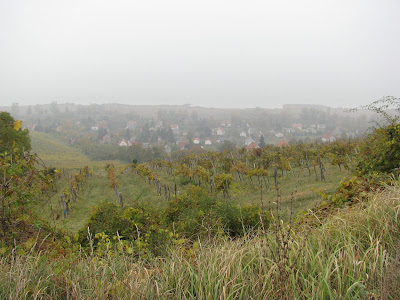I really enjoy watching spectacular panoramas. It is so relaxing and reloads you after the long way to a peak. I have already written about Sopron-Forest Park, but there is always something new to write about. This area is the land of mild downhills and silent valleys. There are 7 lakes, 20 creeks, and more than 40 streams waiting for hikers to explore them.
I started this with my love to panoramas and landscapes, so let us focus on look-out towers of Sopron-Mountains. 6 of them are located in this region, giving the excellent opportunity to look around from the top of the hills and see the surrounding landscape. In this post I would like to write about 3 must-see look-out spots. Admission to all of them is free!
Sörházdombi look-out tower:
Sörházdomb is a 300m high range of Sopron-Mountains. After WWII, the old tower was demolished at this place, but in 2006 the local government got a new one built made of wood. This is the youngest look-out tower in the region. It is located close to the city; therefore, it is an ideal destination of afternoon walks or short hikes. You can approach it by following the “green triangle” sign.
Várhely look-out tower:
This is one of the oldest towers in Sopron-Forest Park, located at the early Iron Age (750-400 BC.) hill fort, hidden in the deep woods. (For more details, see my post about Cyclamen-educational path!) Start your journey there from Kertváros-Felső bus stop (bus number 3 or 10 terminates there) and follow the cyclamen or the “yellow triangle” sign. From this spot the following are visible:
• Sopron, Sopron-Bánfalva, Bécsi-hill, Fertő/Neusiedl
• The peaks of Sopron- and Rozália-Mountains
• Forchtenstein Castle and Schneeberg (Austria)
Károly look-out tower:
This is the most popular look-out tower near Sopron, named after Károly Romwalter, who was a typographer and an enthusiastic hiker. In 1876 he got a wooden tower built. This was demolished and rebuilt several times, but since 1936 a 23m high tower, built of stone, stands at the top of Károly-hill. It is frequently visited, so one can approach it by following several trails and even a tarmac road leads there.
Visit these places for engaging panorama and experience how small we are from a different perspective!



